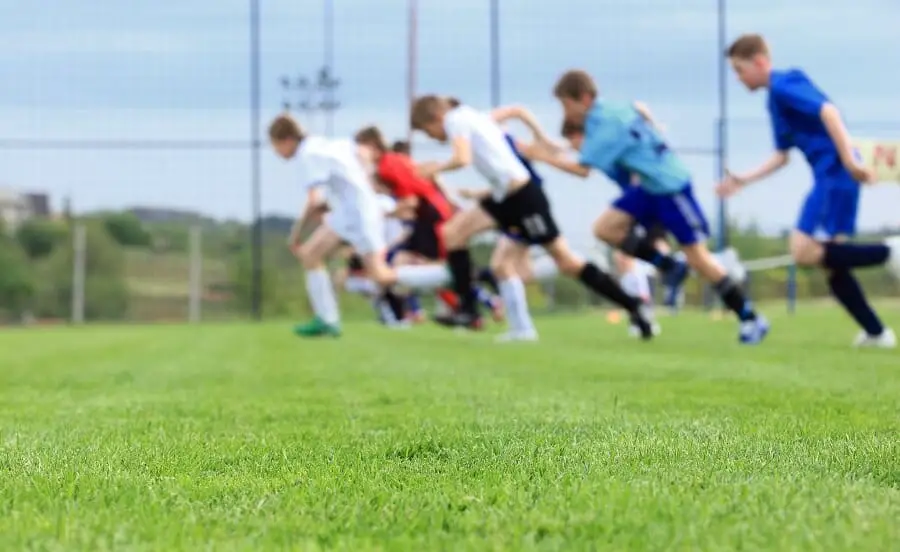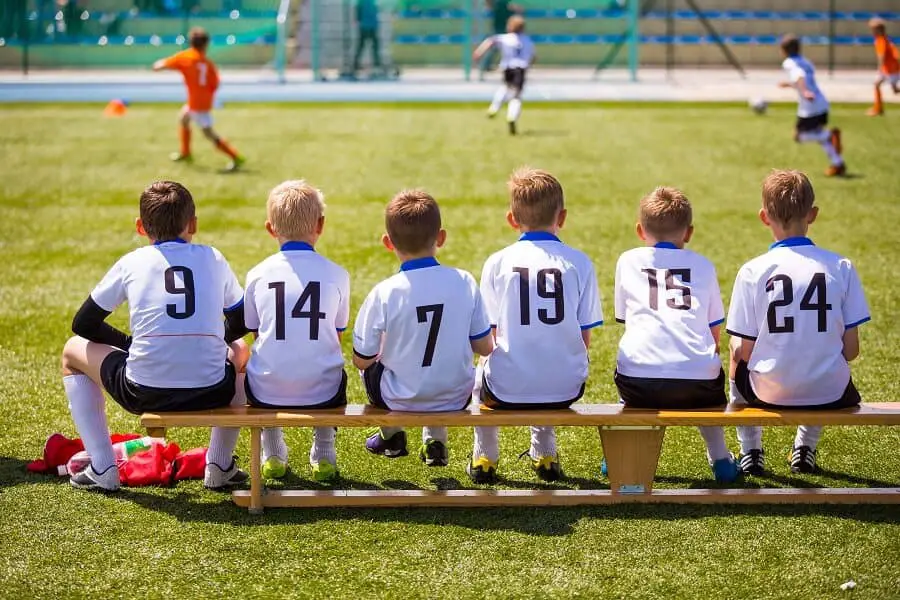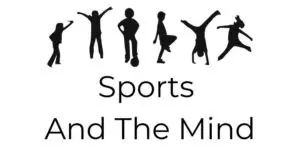Table of Contents
Everybody knows that we all go through different stages of growth and development, both in our personal and professional lives. These stages don’t happen at the same time and don’t have the same characteristics for everyone. Which is why we are all so different from one another. In the case of sports, you have to closely monitor growth and development if the goal is to achieve high performance and develop the skills of your athletes or sports players. That is why coaching children can oftentimes be much more difficult than training adults. But let’s look at the stages of growth and development and how they are translated in the world of sports.

*This post may contain affiliate links. As an Amazon Associate we earn from qualifying purchases.
Growth and Development – The Basics
We all know that growth can relate to the physique, in which case one has to monitor the growth in size of a child. But development is also a form of growth, only it is a growth in capability and functions. Usually, the two go hand in hand, and they are dependent on factors such as environment, nutrition, or genetics.
It is important to understand that growth and development does not only relate to babies or children. Basically, for the entirety of our life, we keep growing and developing. If not physically, then at least in what concerns our abilities, behavior, emotions, and so on. However, the most notable changes take place in the first stages of the growth and development chart. These stages are: babyhood to childhood, childhood to adolescence, and adolescence to adulthood.
During these 3 growth and development stages, we develop our way of thinking, feeling, understanding, and reacting. And since these stages are the most important ones, they are equally crucial in the world of sports. Until a child reaches adulthood, the same principles that one applies to training and coaching adults cannot apply to him or her as well. But then what can? This is precisely what we’re going to be talking about next.
Growth and Development in Sports
As we’ve already established, the most important thing to remember when it comes to stages of growth and development is the fact that every child and teenager goes through them in a different way. And this affects the way he or she reacts to sport, both physically and psychologically, emotionally, and mentally. The worst mistake you could make as a coach or trainer would be to assume that all the children you coach are ready to cope with what you have prepared for them just because they share the same age.
That being said, you have to be able to vary the way you train children. Make sure to shape the training program according to the needs of every child. This can be a challenging task, sure, but it is the only way to make sure that everybody reaches that level of performance when the time is right. If you force a child to practice using techniques that are not appropriate for his growth and development, that child can get discouraged, injured, and eventually even quit sports. But without further ado, let’s take a look at how you should approach coaching, keeping in mind different stages of growth and development.
Early Adolescence
If you have to train children between the age of 8 and 15, then you are dealing with their transition into adolescence. Which means that now is the time to teach them the basics they need if they want to pursue sports. If they don’t learn them now, it will be extremely difficult to do it later. However, since this is such an early time for them, you should keep things fun and connect with them as much as possible.
The main things you should teach them are coordination, balance, agility, warm-up techniques, endurance, and so on, until they have grasped the basics. Make sure to promote a good role model, since they will definitely look up to you and everything you do. Moreover, work on explaining the concept of teamwork in sports and help them build a connection as a team. This is something that you should teach at a really young age.
Some other tips would be not to train them too hard and provide them with plenty of rest. Also, make sure they shape a right attitude to failure. They should look at it as they would a learning lesson, and not a setback.

Middle Adolescence
Now it’s time to see how you should train adolescents between the age of 12 and 18. The first thing you should remember is that this is a rather difficult time. Hormones are affecting both their physical, and psychological and emotional growth. You should expect mood swings, issues with authority, and lack of coordination as well.
What you can do when it comes to physical training is focus on their precision and coordination, and get them more involved in their training. Ask for their opinion and expect them to ask you questions. Always be prepared to answer and provide advice. You should also put more intensity in your training, and add information about a proper nutrition and lifestyle.
Related to their psychological and mental growth and development, be aware of how they are influenced by what their peers think or say about them, and remember that they might need bigger challenges or more entertaining activities in order to prevent boredom.
Advanced – Late Adolescence
We have reached the last category, namely that of adolescents/young adults between the age of 15 and 25. In this case, you should be aware of the fact that their bodies have usually stopped growing and are full of strength. Use that strength, polish it, teach balance and coordination, and you are on your way to training a professional.
This is the moment when you should uncover every trainee’s individual style and potential, and underline his or her independence. Teach self-confidence and control, and focus on making them achieve their full potential. Another important thing to remember is that you need to involve them in their training. Allow them to make their own decisions.
Summing It All Up
As we’ve uncovered in this short guide to the stages of growth and development and their applicability to the world of sports, there are many things to take into account if you are a trainer or a coach. You should never stress the physical development exclusively. And remember, every child and adolescent develops at his or her own pace, even in the groups that we have outlined above. So always keep an open mind and the ability to adapt yourself to your trainees’ needs.
Image Source: 1,2
